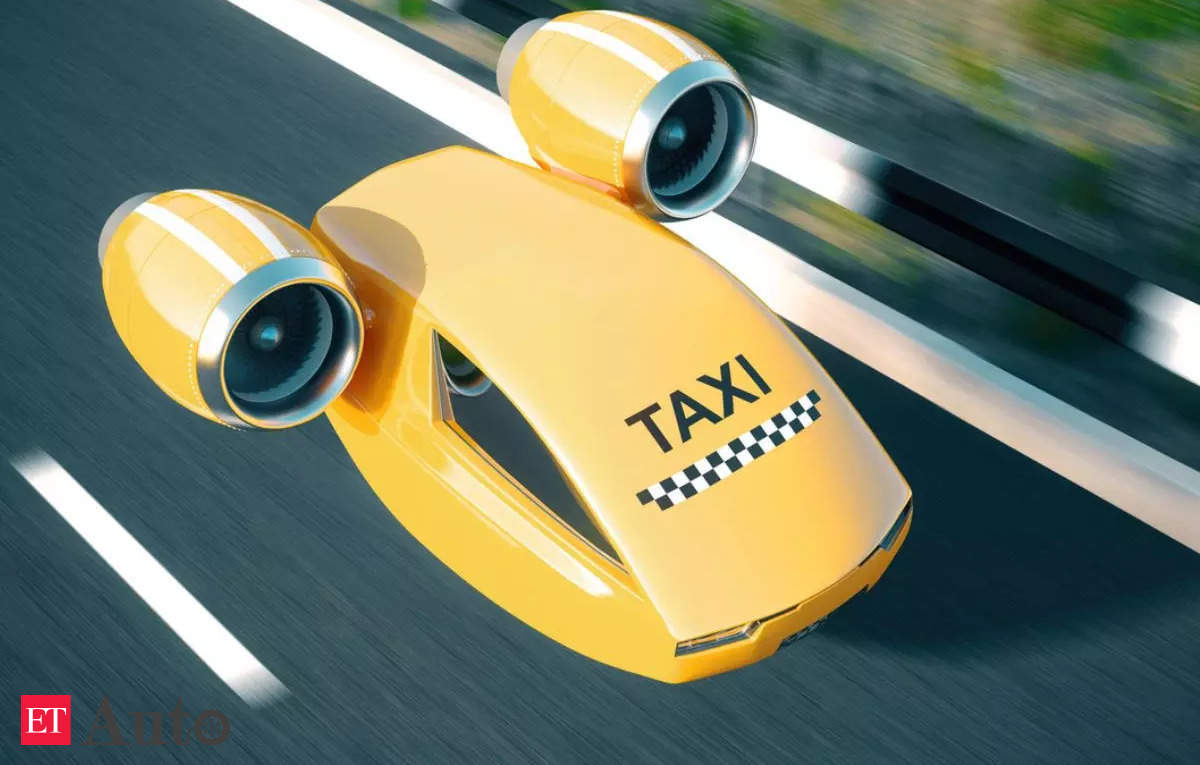Today, we find gig workers in every sector. From receiving emergency medicine, getting food delivered even in the middle of the night, from receiving parcels at the doorstep to calling a cab at the last minute and being in time for a meeting—a lot of activities have become the norm for almost everyone now. The convenience of these services, made possible by a simple tap on a smartphone, has become an integral part of modern life.
However, the escalating prices of conventional fuel have imposed a substantial financial burden on gig workers, forcing some to resort to pedalling bicycles over long distances to earn a living. In India alone, nearly a million gig workers engage in various delivery tasks, often covering vast distances on conventional ICE two-wheelers, further exacerbating the impact of rising fuel costs.
NITI Aayog estimates India has 7.7 million gig workers, which it expects will swell to 23.5 million by 2029-30 delivering a multitude of items—such as food, groceries, medicines, documents, parcels and so on—from one place to another. A majority of them use conventional ICE two-wheelers while offering these services and most of them travel a regular distance of 100 kilometers every day. Needless to say, the rising fuel prices have not been kind to them.
But recent trends reveal a radical change. More and more gig delivery workers are adopting electric vehicles (EVs) to get them around for parcel delivery. This transformation is driven by the global push by aggregator platforms to lower greenhouse gas emissions and embrace sustainable transportation options. Most importantly, a delivery person does not have to face the harsh impact of ever-so-often fuel price hikes.
Companies offering EV rentals
The rising popularity of EVs among gig workers has led to an increase in companies offering EV rentals. The accessibility and affordability of EVs have also increased over the past couple of years, opening employment opportunities for many new job-seekers in the gig economy. According to a forecast, platform-based gig deliveries are likely to employ six million workers by 2025—6 times the number that operates today. EVs will be the preferred mode of commute for them considering the low cost per kilometer, ease of riding and low maintenance costs.
Increased earnings
In Delhi, gig delivery workers have already started using e-bikes and have been able to almost double their net take-home incomes. Rakesh (name changed), a delivery partner for a leading e-commerce site, used to earn Rs 9,000/month operating in South Delhi on a bicycle, cycling nearly 12 hours a day, covering an average of 12 kilometers daily. He now uses an e-scooter and can take home Rs 17,000/month. Manoj (name changed), another delivery partner, who used to earn Rs 14,000/month on his ICE bike, now earns Rs 19,000/month with an e-scooter.
EVs: A preferred choice
A recent survey conducted among gig delivery workers highlighted the growing preference for EVs in the last-mile delivery segment. The survey revealed a strong willingness among respondents to embrace sustainable transportation options, with a majority already utilizing e-scooters for their delivery tasks. Moreover, the financial advantages of EVs, including significant savings on petrol expenses, further incentivize their adoption despite challenges such as limited charging infrastructure and battery range concerns The results show a major shift towards adopting EVs as the preferred choice for last-mile deliveries. The survey confirms the popularity of EV two-wheelers among gig delivery workers, especially in the last-mile delivery segment.
Addressing the challenges in Promoting 2W EVs for delivery
However, several challenges are stopping EVs from becoming the key mobility option for gig workers, the important one being a focus on premium e-scooters. Because of this, gig workers are not being able to get the right products for themselves. They need vehicles that can offer a high range (more than 120 kilometers) without being too expensive and without charging or maintenance issues as even one hour of downtime can affect their daily earning. Platform based services are partnering with newer EV players to offer subsidized rates for EVs operated by gig workers primarily in the range of Rs 150 to Rs 400 per day.
Addressing existing challenges through enhanced technology and infrastructure development is crucial to promoting e-mobility in the last-mile delivery segment. By investing in the development of more efficient and affordable EVs tailored to the needs of gig workers, Tier 1 auto OEMs can play a significant role in accelerating the transition to sustainable transportation.
In addition, the development of robust charging infrastructure, including fast-charging stations and battery swapping facilities, can help alleviate concerns about battery range and charging times. This, in turn, can further incentivize the adoption of EVs among gig workers, contributing to a more sustainable and efficient delivery ecosystem.
E-mobility in the last-mile delivery segment is showing an upward trend, but with several challenges, including those of charging infrastructure, battery swapping and maintenance. By embracing EVs, the last-mile industry can collectively contribute to a greener future and reduced emissions and improve margins for its backbone, the gig delivery workforce.
Eugene Panfilov is the Managing Director of Borzo India and Regional Director, Borzo, Brazil. Views expressed are of the author.



